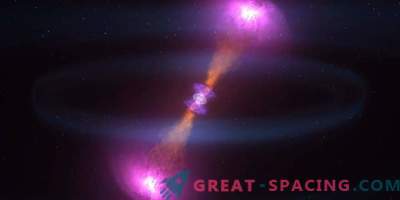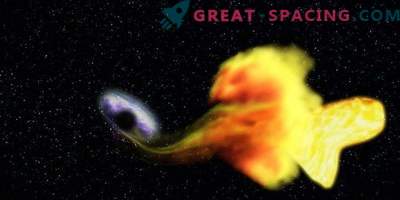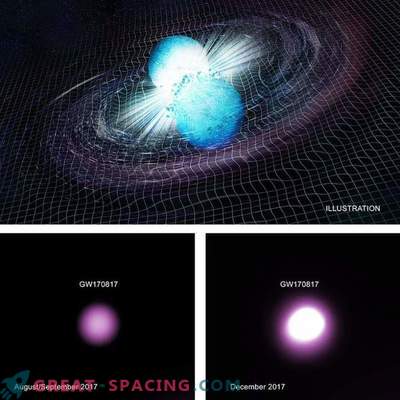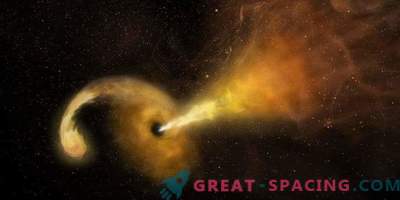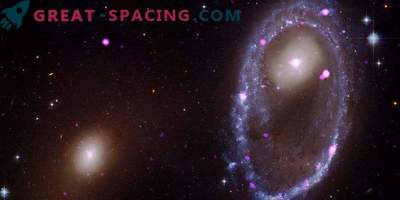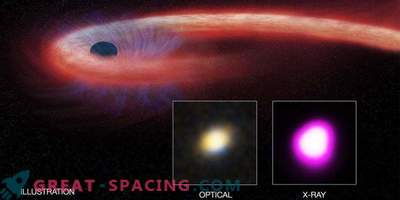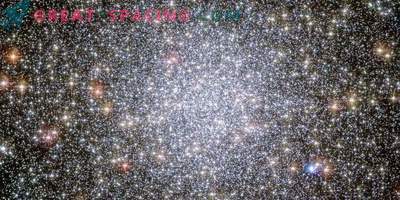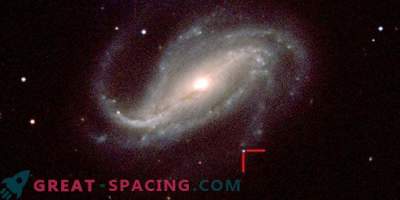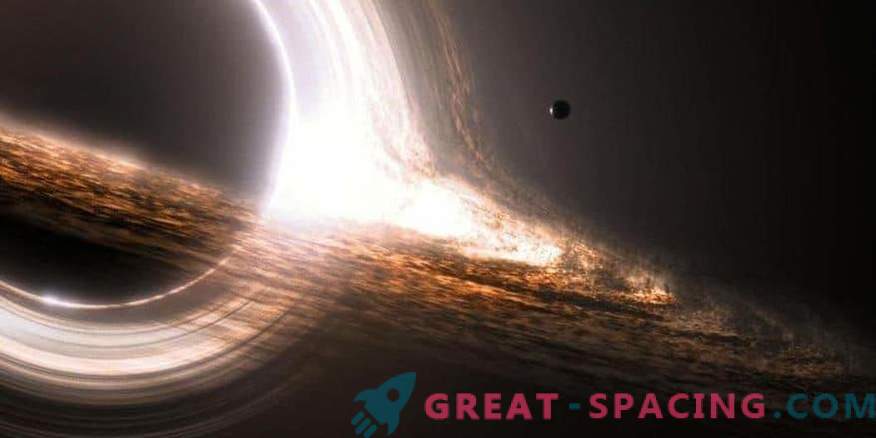
An international team of scientists is getting closer to understanding the nature of a mysterious object that exploded in the northern sky in the summer of 2018. On June 17, telescopes recorded in the constellation Hercules an incredibly bright anomaly located 200 million light years from us. She was called AT2018cow or “The Cow”. The object suddenly flashed and quickly went out.
Combining several sources of the review, including hard X-rays and radio waves, experts believe that they managed to capture the exact moment of the star crash. The event should generate a compact object, like a black hole or a neutron star. The garbage rotating around the event horizon caused an incredibly bright glow.
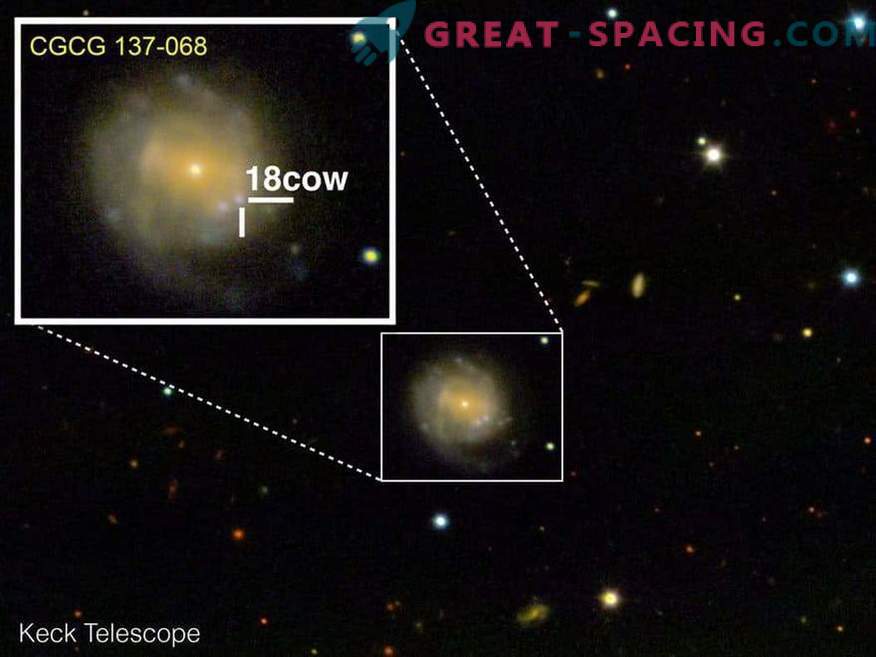
View of the “Cow” 80 days after the explosion. For observation used the Keck Observatory in Hawaii. The object lives in the galaxy CGCG 137-068 at a distance of 200 million light years from Earth.
This is a rare event for observation, which can help to better understand the physics of the first days of the creation of a black hole or a neutron star.
Curious “Cow”
After finding the object immediately became interested in the international community. At first they thought it was a supernova. However, further observations have shown something else. First of all, the anomaly was unnaturally bright (10-100 times stronger than a typical supernova). In addition, she quickly broke out and disappeared. It took only 16 days for the object to radiate most of the power. The use of the Keck Observatory in Hawaii and the remote access to the SoAR telescope in Chile helped to get a closer look at the structure of the object. The presence of hydrogen and helium is visible in the chemical composition, which excluded the model of fusion of compact objects (such as those created by gravitational waves).
Comprehensive Strategy
Astronomers have traditionally investigated star death at an optical wavelength. But in the new study they applied a more comprehensive approach. The team looked at the object using X-rays, hard X-rays (10 times more powerful than normal), radio waves and gamma rays. This made it possible to investigate anomalies even after the initial apparent brightness disappeared.
Stars often fall into black holes, but most of the resulting material blocks observation. Fortunately, around the “Cow” was observed an eruption 10 times less than with the usual stellar explosion. The lack of material allowed to look directly into the “central engine” of the object, whose behavior resembled a black hole or a neutron star.
Galactic Neighbor
The team also benefited from the relative proximity of the star to Earth. We can say that 200 million light years for observation is literally around the corner. Moreover, it is the closest such object, which fell into a direct review. Further research will help determine the exact nature of the object.
